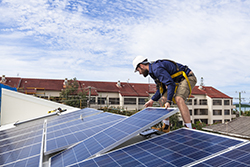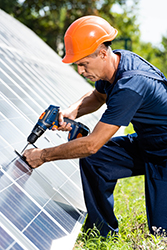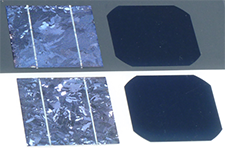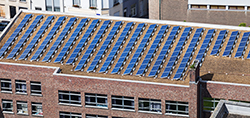how to get free solar panels
How efficient are solar panels? There are many factors that influence the efficiency of solar panels and the most important ones are the type of panels used and the location of the panels. For example, panels that are designed to track the sun are usually much more efficient than fixed-mounted panels. Fixed-mounted panels cannot track the sun and so are typically less efficient. However, fixed-mounted panels can be used in areas where there is no sun for part of the day. Fixed-mounted panels can be more efficient because they are not exposed to the full range of light throughout the day. Other factors that affect the efficiency of solar panels are the orientation of the panels and the amount of shade and trees around the panels. Solar panels installed on a sunny, south-facing roof can be more efficient than panels installed on a north-facing roof because the sun is higher in the sky on the south-facing roof. The efficiency of panels can also vary depending on how the panels are connected to the rest of the system. Some solar panels are designed to be directly connected to the grid whereas other panels are designed to be “behind the meter.” Behind the meter panels are connected to the grid so that they provide power when the grid is running low on electricity. The solar panels must be connected to the grid to operate properly but the grid can also charge the panels so that they are ready to provide power when the grid needs it.
home solar panels in Sky Lake, FL



